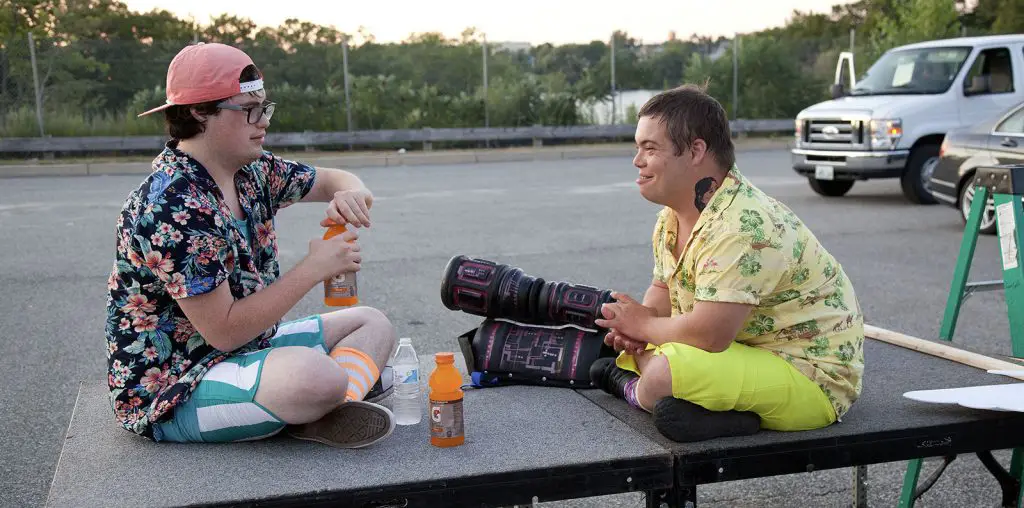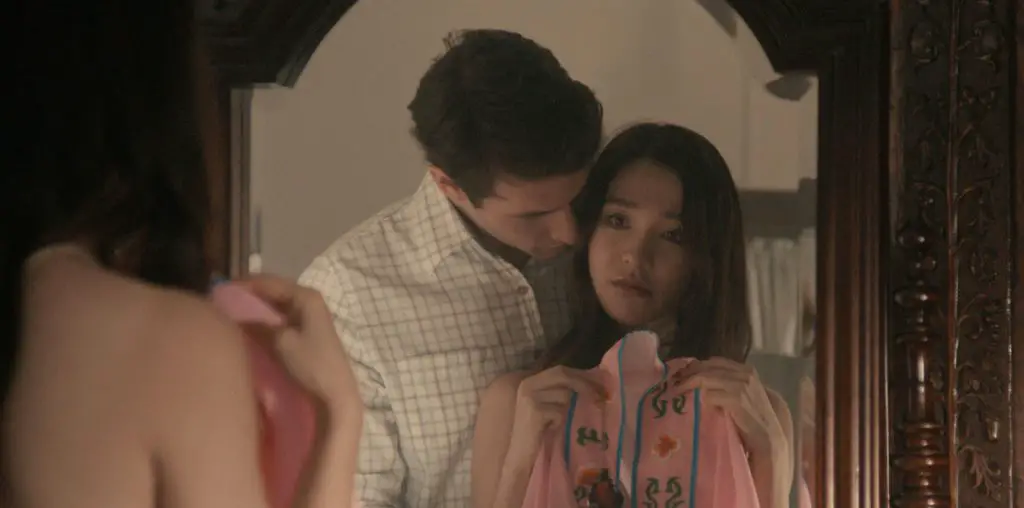
Kat Connor (Shailene Woodley) has recently blossomed from a frumpy and awkward adolescent into a beautiful sexual being. Despite having no problem attracting the attention of men with her newly minted sex appeal, the 17-year-old Kat is still a social misfit, made evident by her wardrobe, bedroom decor and penchant for “alternative” music. Kat is more interested in sexual exploration than finding an intellectual equal, so her attention is immediately directed towards a hunky-yet-dumb boy next door, Phil (Shiloh Fernandez).
Kat’s sexual awakening has occurred much to the chagrin of her mother, Eve (Eva Green); not because Eve is concerned for her daughter’s safety, but because she is jealous of Kat’s nubile figure. The image of Kat’s naked upper body in the mirror makes it abundantly clear, Eve is no longer the fairest of the Connor household. Eve’s martini-induced attempts to complete for Phil’s attention are laughable at best. Years of being a brooding housewife trapped in a sexless marriage to a milquetoast husband (Christopher Meloni) have caused Eve to mutate from a sexy trophy wife into a deranged alcoholic. So, when Eve disappears, it seems all too likely that she ran away from her depressingly mundane life in suburbia for something a bit more invigorating.
Gregg Araki’s White Bird in a Blizzard seems utterly unconcerned with the ensuing half-assed police investigation, other than it serving as a means for Kat to experience the unbridled masculinity of Detective Scieziesciez (Thomas Jane). Compared to her wussy father, the detective is a quintessential male who willfully enables Kat to fulfill her daddy complex. Similar in vein to David Lynch’s Twin Peaks, which Araki seems to be purposefully referencing (including an appearance by Sheryl Lee), White Bird in a Blizzard takes what would have typically been the central narrative thread (the police investigation) and pushes it to the sidelines in favor of the opportunity to dissect the hormonal mind of a suburban American teenager. Also like Twin Peaks, Araki succumbs to the pressure of neatly wrapping up the investigation, clumsily revealing exactly what happened to Eve in the film’s final moments.
Fans of the source novel by Laura Kasischke will most likely be frustrated by this unfaithful adaptation, but anyone who knows Araki will not be surprised by his irreverent deconstruction of the source material. Araki uses White Bird in a Blizzard to discuss one of his trademark issues, teenage sexuality; all the while, Araki sidesteps another of his favorite topics, LGBTQ identity issues. Regardless, White Bird in a Blizzard is probably Araki’s closest attempt at a feminist diatribe, utilizing Eve as an exaggerated example of the horrific effects of domestic oppression. Like a bird hindered from flying by the bars of a cage, Eve bounces around her brightly colored suburban home with manic abandon. Without the beauty of her younger years, it is as if her wings have been clipped, Eve is rendered powerless and worthless in our beauty-obsessed society.
White Bird in a Blizzard is styled like a Sirkian melodrama in which the bright and shiny surface conceals a bitterly ironic critique of American suburbia. The banal and stilted dialogue is merely just a device to reveal the superficial artifice as Araki establishes a nightmarish otherworld proliferated by caricatures of suburban archetypes. That said, White Bird in a Blizzard is probably the most accessible and subdued of Araki’s narratives to date, yet it is certainly going to confuse Shailene Woodley’s teenybopper fans.

